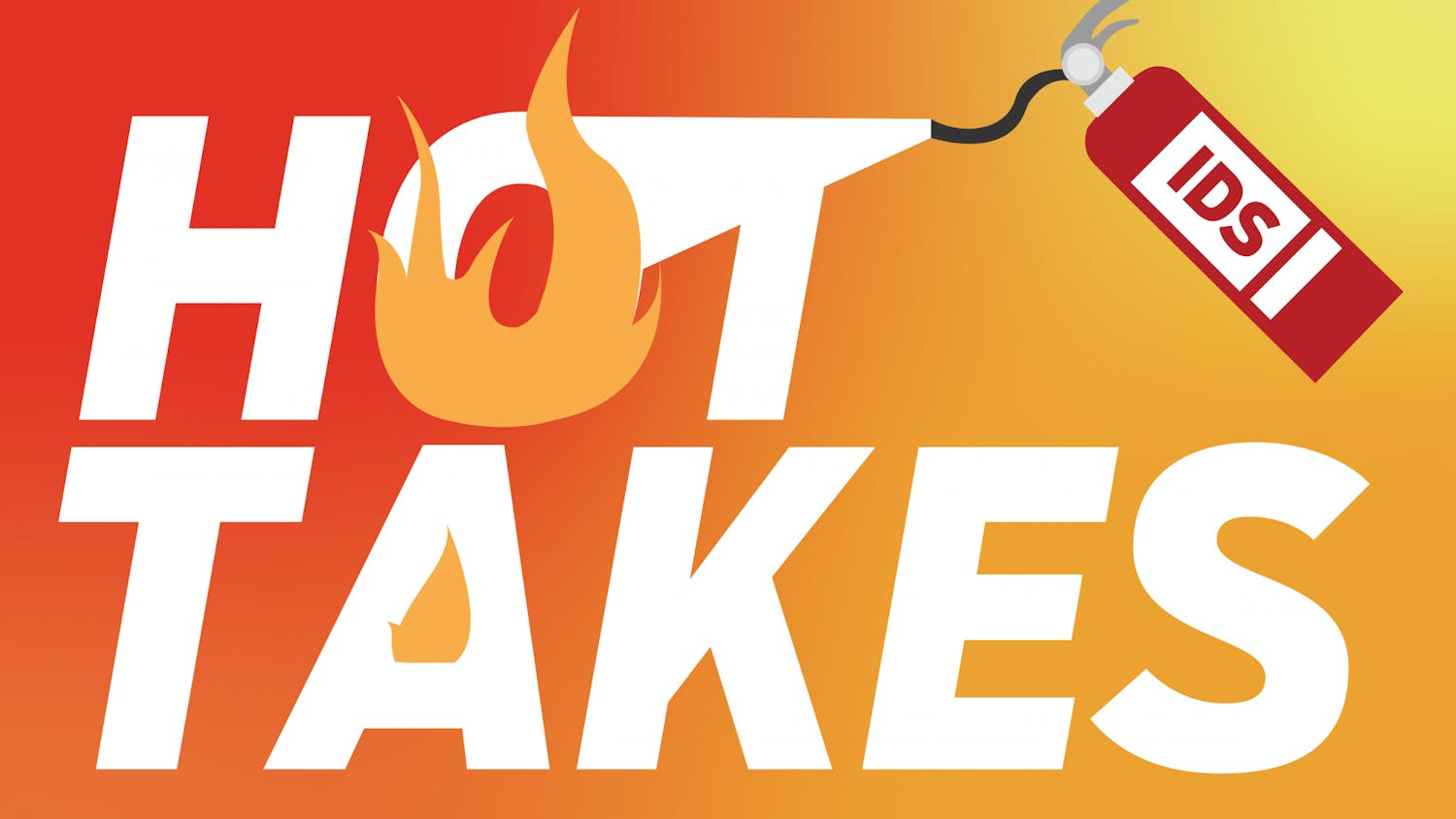If you were paying any attention at all last week, you may have heard about Gov. Mike Pence’s plan to initiate a state-funded media outlet designed to compete with actual news outlets.
Fortunately for everyone, he killed the project, hopefully due to the amount of flack he received for even ?suggesting the idea.
But how would you feel if the companies you know all too well started influencing the content you read?
Allow me to introduce you to the concept of native advertising, where news outlets basically tell companies, “Hey, for a pretty penny, we’ll disguise your advertising as news content.”
It really isn’t as sly as you might think, since news sources are required for the time being to alert readers that what they’re reading is sponsored content.
But herein lay the distinction: sponsored content is designed to be read, and native ads are designed to be shared.
If you’re still uncertain of the distinction, Geico put out a native ad on Mental Floss titled, “15 Antiquated Words for ‘Happy’ We Should Bring Back,” that has received over 8,000 Facebook shares.
Many popular sharing sites like Buzzfeed are not unfamiliar to native advertising, so says Buzzfeed CEO Jonah Peretti, who told Bloomberg that they now work with 76 of the top 100 companies.
Even in researching this topic, I was prepped to cite an article on Business Insider about how native advertising works before I noticed that the article was authored by Bidtellect, the industry’s first fully open native advertising platform and exchange.
Obviously, sharing sites aren’t the only ones to have picked up the trend.
Publishers like the Wall Street Journal and the New York Times have plunged headfirst into the lucrative trend by creating in-house “brand content studios” separate from their editorial boards, according to ?Digiday.
This marketing phenomenon isn’t limited to the ?Internet.
Last November, the New York Times ran its first printed native ad for the oil company Shell — an eight-page exposé titled “Cities energized: the ?urban transition.”
There are those who view keeping editorial control independent of corporate influence tantamount to the ?separation of church and state.
However, sports and lifestyle upstart Rant asks its reporters explicitly to write ad-copy — it’s just part of the job — and the CEO, Brett Rosin, stands by the format’s success in terms of exposure.
But even if all parties profit, from the brand executive to the reporter, is there not something lost in the process?
It would be different if the CEO or CFO of a company wanted to write an editorial in response to recent events, weighing in and attaching their name instead of the company logo.
Content commissioned by a brand or company is mixing mediums that were never meant to mingle.
Should the ideals of corporations bleed into content under the guise of news?
I surmise that it is only a matter of time before companies find clever ways of omitting the origins of sponsored content.
Unless people simply stop paying attention before then. Then they really won’t have to.
michoman@umail.iu.edu




